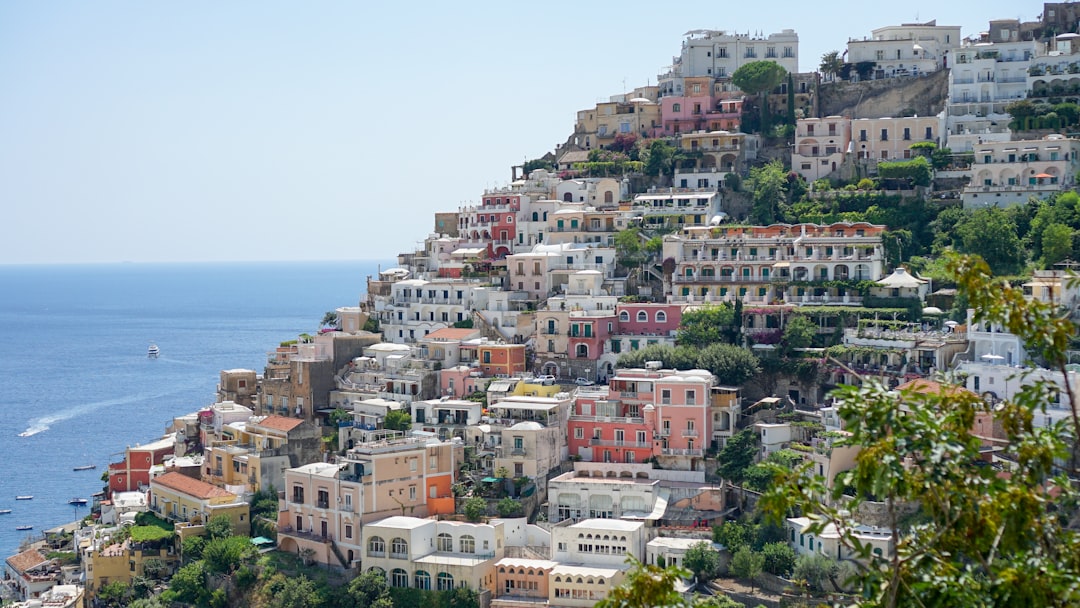Space or time?
To encounter rain in Italy is to hit a moment of confusion. In the mind’s eye, Italy is perpetual sun. Burning heat as you wander past ancient monuments; lemon gelato in sun-dappled piazza; ducking into a church to be struck at once by the cooler air and the gilded brilliance of the altarpiece.
Of course I’ve been rained on before in Italy. But the rainy days are forgotten. So it is a surprise each time. Today I am in Salerno, which is darkly grey and lashed with rain. Yet when I leave I will still think of the Italian coast as golden.

To travel is always to have these disjunctions between the imaginary and the real. I gave a talk the other day about the days of Grand Tour in Greece. The problem for many tourists of the nineteenth century was that they didn’t want to see Greece as it was, they wanted to see Ancient Greece. The world of Homer. A land of philosophers and gods. Not a country full of people living pretty much the same lives they did at home. A writer at the time suggested:
Modern Athens ought to be removed. It is a very clean, bright, well-built, regular, enterprising town, therefore one wouldn’t really wish to see it destroyed, but it certainly ought to be removed. It is dreadfully in the way of ancient Athens1
We see this with lots of destinations where the focus is the past. Travelers want to see it as it was, without the modern stuff gumming up the view. (And it’s worth noting that this impulse brought us the kind of “living history” museum, from the twentieth century, like Colonial Williamsburg). Sometimes the disjunction between what’s actually there, and the fantasy-history expected, causes visitors to have a breakdown.
Japan occupies a particular place in the Western imaginary, being both futuristic and traditional (see the classic Onion article, “Earthquake Sets Japan Back to 2147”, and the more serious work of Sebastian Conrad, in “What Time is Japan?”)
There’s a story in the New York Times about Kyoto, and how the city will respond as Japan gradually reopens to tourists after the pandemic. Before 2020, it had reached the point that the city struggled with the influx of tourists who didn’t respect local mores, and all wanted to take photos in the same spots. They were crowding out the very places they wanted to see.
There’s a comment about young geisha being harassed for photos: when I was last there, lots of visitors had dressed up in kimono (there were rental businesses where one could get an outfit for the day, and also get hairstyles and makeup). The dressed-up tourists were being photographed by other tourists who mistook them for the real thing.
(My guide at the time was quite sniffy, she said you could spot the tourists by the polyester kimono, and they didn’t do the makeup right).
People want to visit a Kyoto where geisha are still seen about town, where teahouses are still operating: but also where they can get wifi and bullet train. But when they go home, and what they saw meshes in their memories with the edited pics on their Instagram, they will remember the tatami mats and the wooden buildings, not the fast food and the neon signs.
Samuel Fiske, Mr. Dunn Browne’s Experiences in Foreign Parts


Objectively, I had a mix of weather during my three weeks in Croatia. In my mind's eye, it is all sun-drenched water and limestone.
This makes me think of a twist on Sartre’s most famous line. In being defined by the wants, expectations & needs of observers it becomes hell.